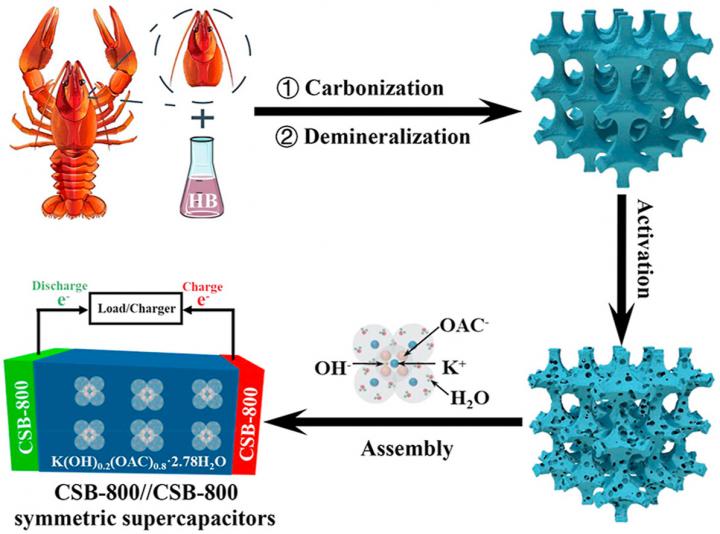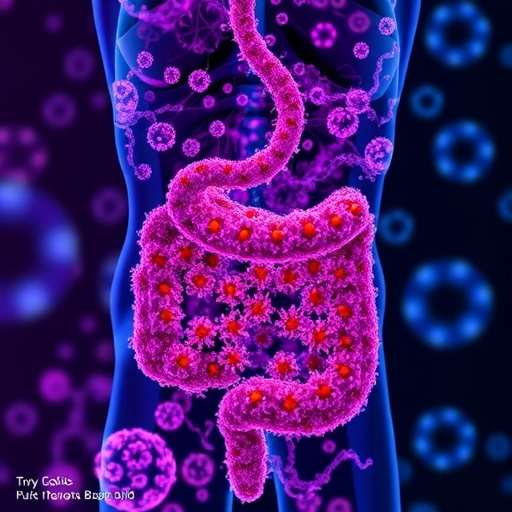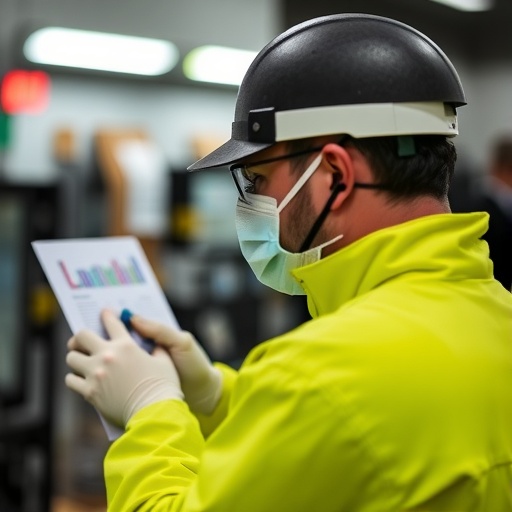
Credit: LUO Zejun et al.
Other than a spicy night snack, the crayfish has been endowed with greater significance. Prof. ZHU Xifeng’s team from University of Science and Technology of China (USTC) of the Chinese Academy of Sciences (CAS) made it possible to use crayfish shell as the biological template for high-performance supercapacitors. This work was published in Carbon.
Compared with other high-performance materials, biomass has long been regarded as a promising one for its environmental-friendliness and extensive resources. However, practical application of biomass is restricted by their relatively rare efficient storage sites, low diffusion kinetics and the need for huge amount of premade nano templates.
To solve the problems, the researchers innovatively introduced crayfish shells to get the biological template.
Shells were dried, ground and pretreated in an alkaline solution to retrieve templates, which were then mixed with the heavy fraction of bio-oil derived from agricultural waste to manufacture hierarchical porous carbons, a kind of supercapacitor material.
The mixed product delivered magnificent capacitance of 351 F/g thanks to its ultrahigh specific surface area, large total pore volume and reasonable content of oxygen atoms, which are of importance to a capacitor.
Besides, the symmetric supercapacitors assembled by the synthetic samples showed a superior energy density of 20 Wh/kg at a power density of 350W/kg, preceding other biomass materials.
This method possesses an environmental friendly solution for the power storage problem of the rapid-growing wearable displays, electric vehicles and smartphones.
###
Media Contact
Jane FAN Qiong
[email protected]
Original Source
http://english.
Related Journal Article
http://dx.




